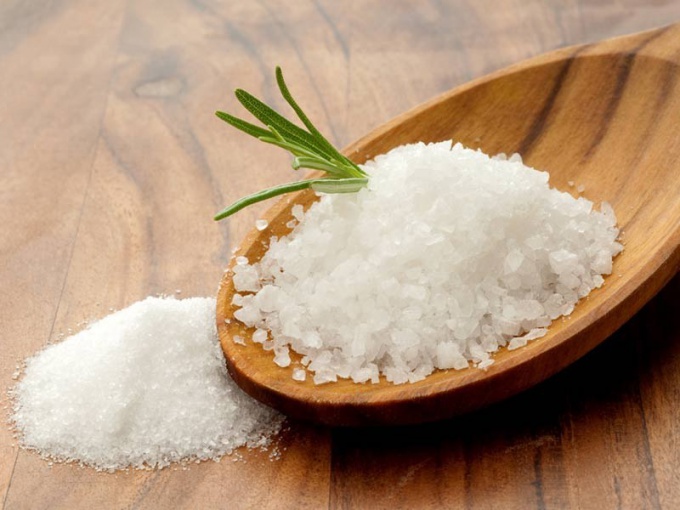The main differences
In the first place the difference between sea and table salt is way of getting. The first is produced by evaporation of salt lake or sea water. This salt is usually a minor treatment, and then immediately Packed and sold. Due to this, it retains the healthy minerals and trace elements. It is important to note that their number is directly dependent on the extraction of salt. In addition, this parameter affects what nutrients are contained in the final product.
Table salt is usually mined from underground deposits. It is thoroughly processed, since it contains substances that are not beneficial to the body. In addition, this salt is injected with a special chemical additive. They are necessary in order to prevent sticking the cooking of the product, enhance the color and consumer characteristics. Quite often in table salt is added a certain amount of iodine, which is an essential nutrient that supports the health of the thyroid gland.
Another difference between table and sea salt, is the view. So, the first product is smaller. Grains of salt in several times smaller than are present in the sea. However, their color can also be different. Because sea salt contains certain minerals, they can give it a yellowish, grayish or bluish tint. While poverenny product is always spotlessly white.
Additional differences
Usually salt has no flavor, unless its retention rules were not violated. While sea salt has a specific odor. However, when cooking it almost all goes away.
The taste of sea salt are richer and more saturated. It can be stored for many years. Throughout this period of its nutrients remain in the same volume. While cooking iodized salt can be stored for more than 6 months.
The nutritional value of these products is the same. The amount of sodium by weight and is no different. While nutritionists still advise you to use sea salt because it has more nutrients and it is not subjected to prolonged treatments. But it is important to introduce it into the diet in small quantities – no more than 2300 mg per day. Otherwise, even such a useful product harm health.
